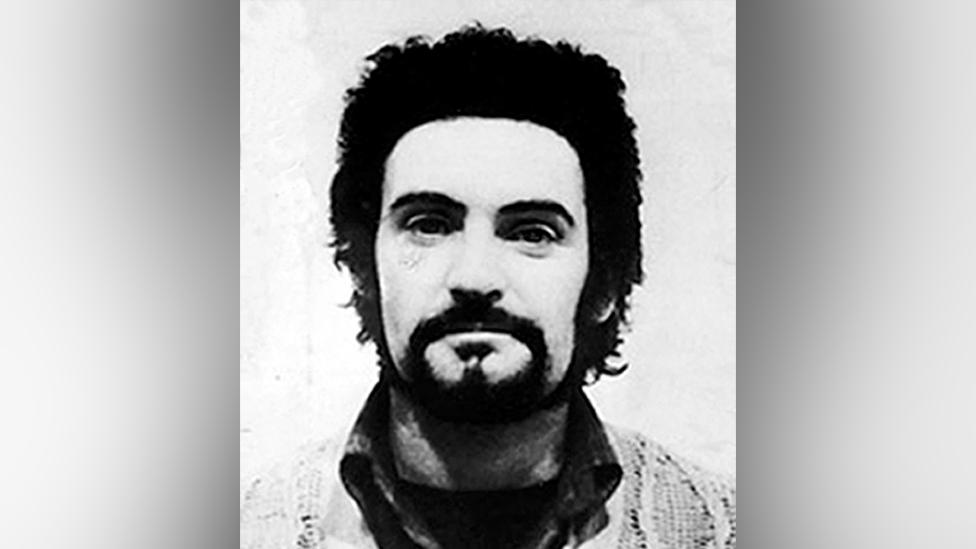Yorkshire Ripper killings created 'culture of fear'
- Published
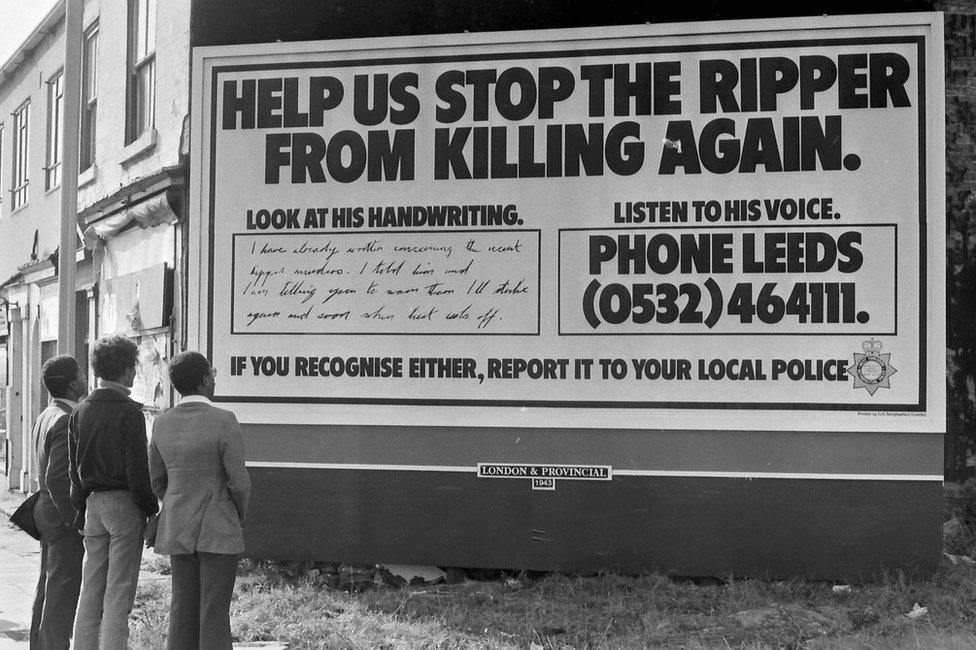
The hunt for the Yorkshire Ripper lasted more than five years and created a 'culture of fear' in Leeds
Leeds in the late 1970s and early 1980s was a place of fear and suspicion as the hunt for one of Britain's most prolific killers dominated the city.
Peter Sutcliffe, later dubbed the Yorkshire Ripper, killed 13 women and attacked at least eight more between October 1975 and November 1980
Six of the Ripper's victims were attacked in Leeds during a five-year period, and as the killings continued and the manhunt dragged on, there was "fear in the homes of ordinary people".
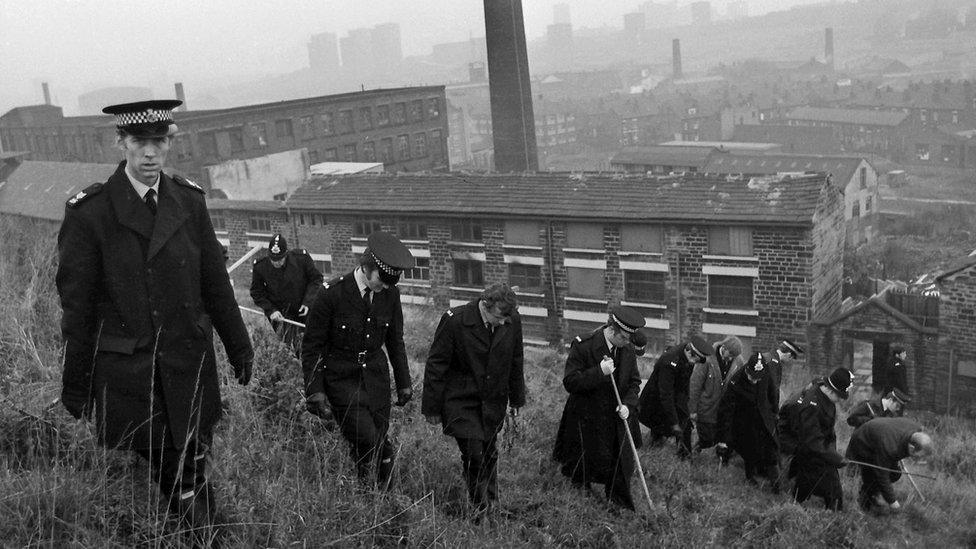
Six of Sutcliffe's victims were killed in Leeds
Between October 1975 and June 1977 Sutcliffe, who has died aged 74, killed Wilma McCann, 28, Emily Jackson, 42, Irene Richardson, 28 and 16 year-old Jayne McDonald in the Chapeltown area of Leeds - a fifth woman, Patricia Atkinson, had been killed in Bradford.
Ruth Bundey, a solicitor who lived in Chapeltown at the time and who later went on to represent some of the Ripper's victims, said the killings brought fear and suspicion to the city.
Speaking in the 2019 documentary series 'The Yorkshire Ripper Files: A Very British Crime Story' she said: "[There was] fear in the homes of ordinary people.
"Suspicion, looking at one's neighbours and thinking 'Could it be him?'.
"Anybody who had a car dropping a woman home would wait until you had seen the woman get up to her front door, go in and put the light on. And you wouldn't go away until that had happened."

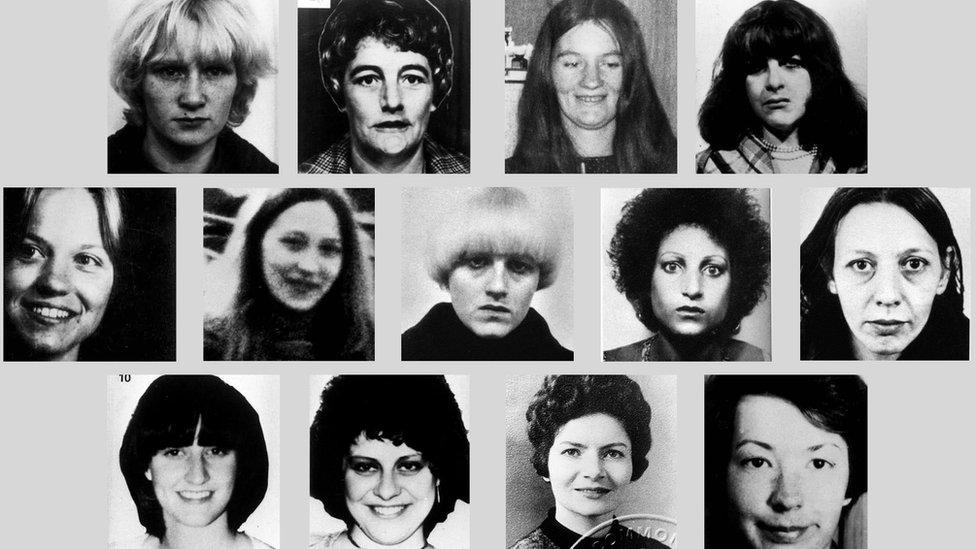
The Yorkshire Ripper killed 13 women between 1975 and 1980
Sutcliffe's victims
Wilma McCann, 28, Leeds, October 1975
Emily Jackson, 42, Leeds, January 1976
Irene Richardson, 28, Leeds, February 1977
Patricia Atkinson, 32, Bradford, April 1977
Jayne McDonald, 16, Leeds, June 1977
Jean Jordan, 21, Manchester, October 1977
Yvonne Pearson, 22, Bradford, January 1978
Helen Rytka, 18, Huddersfield, January 1978
Vera Millward, 41, Manchester, May 1978
Josephine Whittaker, 19, Halifax, May 1979
Barbara Leach, 20, Bradford, September 1979
Marguerite Walls, 47, Leeds, August 1980
Jacqueline Hill, 20, Leeds, November 1980

Peter McGoldrick, now 63, was studying chemistry at the University of Leeds between 1976 and 1980.
He said that in his first year he was aware of the killings but became more observant in his second year when he moved to the Hyde Park area of Leeds - less than two miles west of Chapeltown.
"I can recall vividly, and certainly in the winter months, there was a lot of concern amongst the female population at the university," he said.
"The nights were getting short and it was a particularly dark walk from the university across Woodhouse Moor [towards Hyde Park].
"I remember meeting girls that I did not know asking me if I would walk with them across the park until they got to the other side.
"That was a common thing across the student population, you would not hesitate to offer someone an escort."
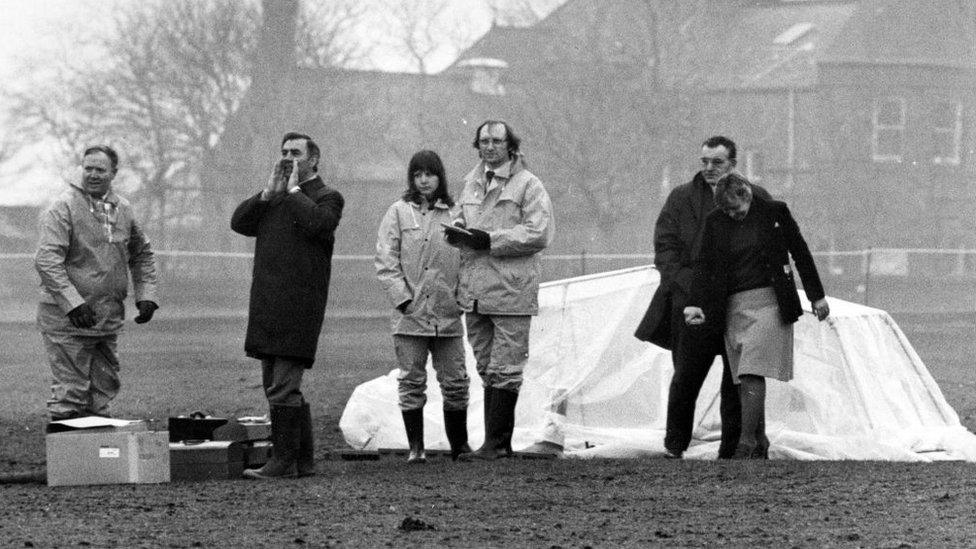
The murder of Josephine Whittaker went against the theory that Sutcliffe was only targeting sex workers
Police wrongly believed to begin with the murders were a result of the killer's hatred of prostitution as they were centred around the city's notorious red light district.
But as the killings continued and spread across West Yorkshire and into Manchester the background of his victims seemed no longer to be the key.
In April 1979 Josephine Whitaker, a 19-year-old building society clerk, was found dead on Savile Park Moor in Halifax - she was the Ripper's 10th victim.
'Mass hysteria'
Her murder is seen by some as a tipping point, when many more women began to fear for their lives.
"Prior to the Josephine Whittaker murder people had felt that he was only targeting women that were prostitutes or sex workers," said former Ripper Squad detective Bob Bridgestock.
"But, after her death that changed, nobody was safe, no female was safe. It created mass hysteria.
"People used to say they wouldn't go out any more until he was caught, they daren't. He had created a culture of fear."
Diana Muir was a junior reporter on the Yorkshire Evening Post in 1978 - her first job after graduating.
"People were scared, there's no doubt about it," she said.
"The biggest jolt to that was when he killed [Josephine Whittaker].
"Chapeltown was notorious, it was the red light district for Leeds at that time and I suppose it was thought if you were in that area you were taking a risk, but it was quite clear after the attack in Halifax that it was nothing to do with that."
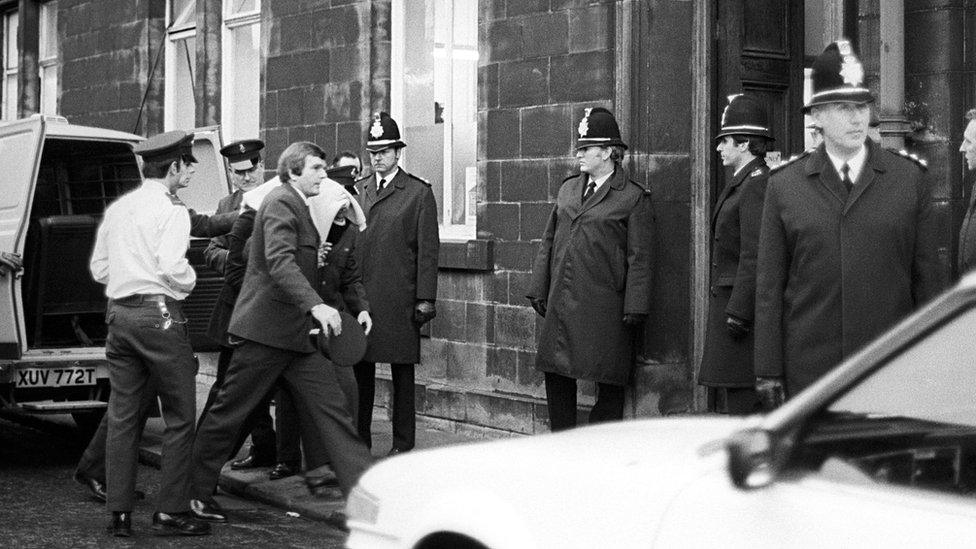
The Yorkshire Ripper was arrested in January 1981
The Ripper killings also brought the finger of suspicion to Leeds and the fear the killer was living among them.
"Everybody wanted him caught," recalled Mr Bridgestock.
"People were saying look at your brother, your father, your uncle is this the person that might be the Ripper?"
Mr Goldrick said one of his housemates had been interviewed by police after his car was identified as one of thousands with the same tyre markings linked to a track found at one of the murder scenes.
Mrs Muir said a colleague was taken in due to a resemblance to a police drawing of the potential suspect.
Over the course of five years West Yorkshire Police interviewed thousands of men while the terror and suspicion lingered over Leeds.
Sutcliffe himself was interviewed nine times during the course of the huge investigation but continued to avoid arrest and was able to carry on with his killing.
The Ripper incident room at Millgarth police station used a card index system which was overwhelmed with information and not properly cross-referenced, leading to evidence against Sutcliffe getting lost in the system.
On one occasion Sutcliffe was interviewed by officers who showed him a picture of the Ripper's bootprint near a body but they failed to notice that Sutcliffe was wearing the exact same pair of boots.
Another time when a £5 note was found in the pocket of one his victims Jean Jordan, in Manchester in 1977, police again failed to connect Sutcliffe.
The note was traced to one of six companies, including Clark Transport, which employed Sutcliffe as a lorry driver.
He was interviewed but was given an alibi by his wife and mother, which was accepted.
The worst blunder came in 1979 when John Humble tricked police into believing the serial killer was a man dubbed Wearside Jack because of his gruff Sunderland accent.
Sutcliffe was eventually caught in January 1981 when he was stopped by officers in Sheffield with a prostitute in his brown Rover car and handed over to the Ripper squad.
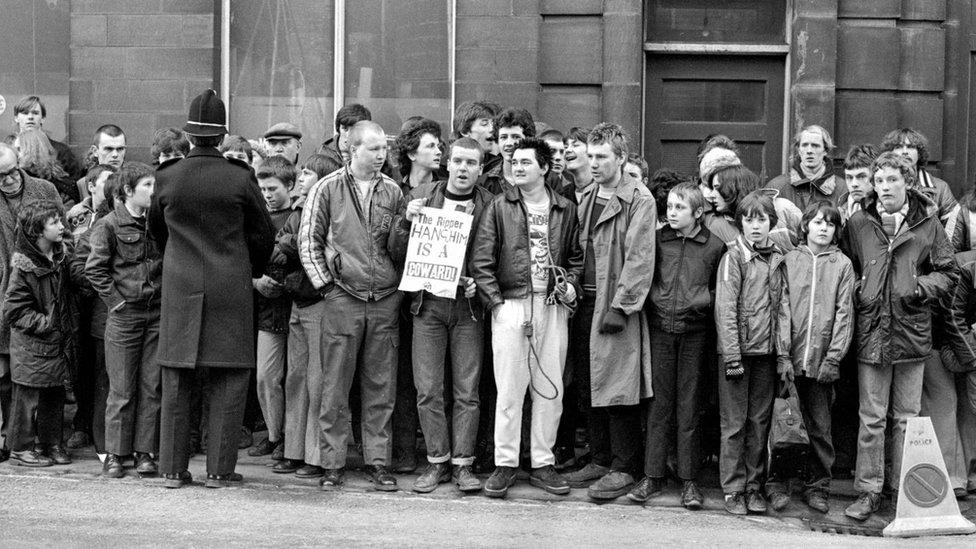
Angry crowds gathered outside Dewsbury Magistrates' Court when Sutcliffe appeared there following his arrest
He was charged three days later and when he appeared at Dewsbury Magistrates' Court the fear that had held sway over Leeds and the north of England erupted.
On the day of his court appearance hundreds of people lined the streets shouting, jeering and jostling for a chance to see the man who had cast his shadow over their lives for so long.
Less than six months later Sutcliffe had been convicted of 13 counts of murder and attempting to murder seven more. He was given 20 life sentences.
With his arrest and conviction the grim spectre of fear which had hung over Leeds for so long was lifted, leaving its residents safe to walk the streets once more and able to sleep a little easier.
Mrs Muir, who left the local newspaper in 1988 but still lives in the city, said: "Leeds is unrecognisable. It's almost like if you think back to that time the city was in black and white.
"There are many young people who live here now who do not really know the story, it's gone and Leeds has reinvented itself."
- Published13 November 2020
